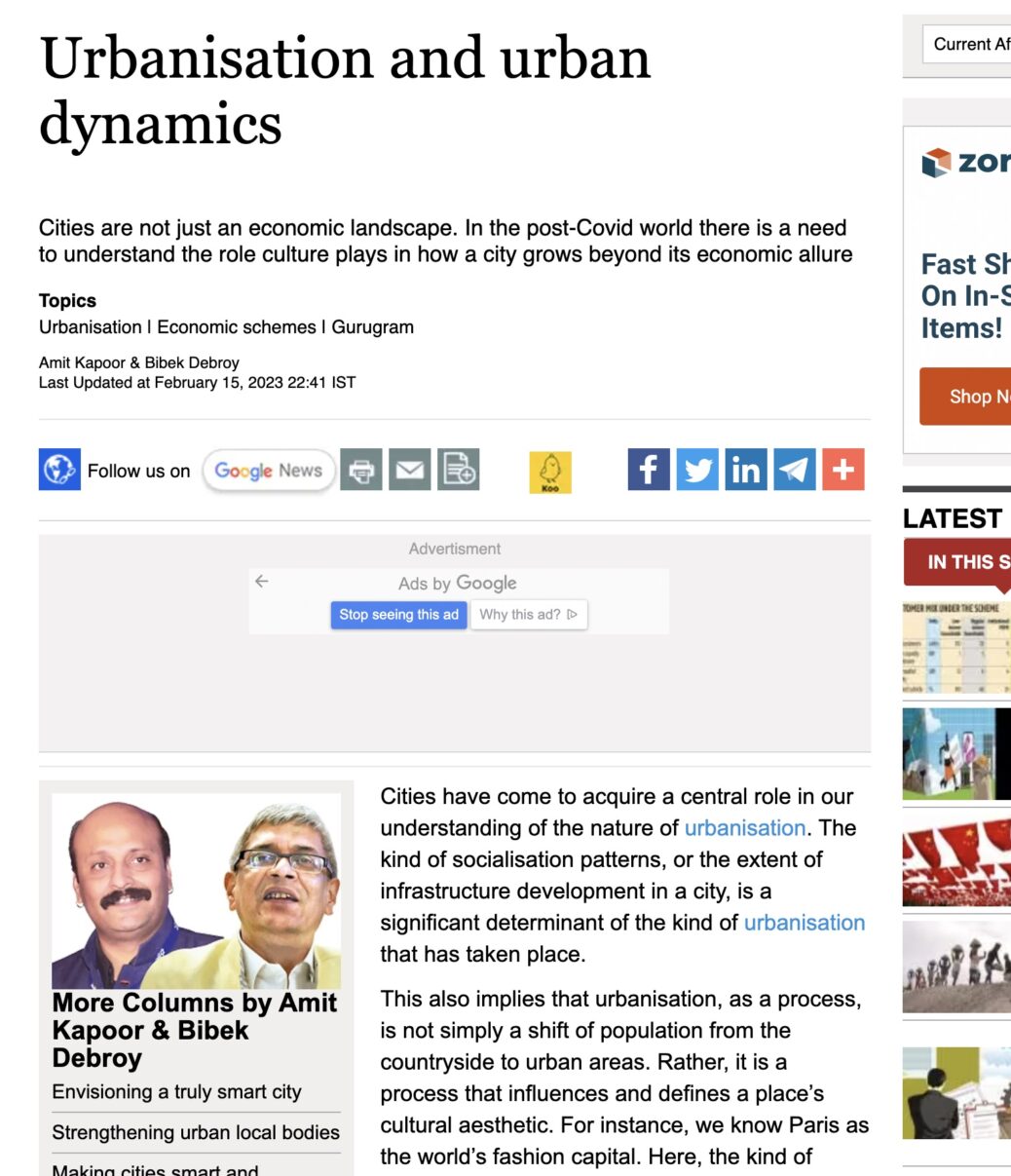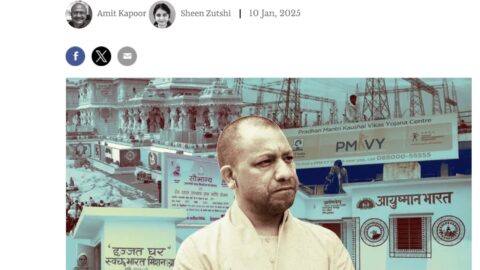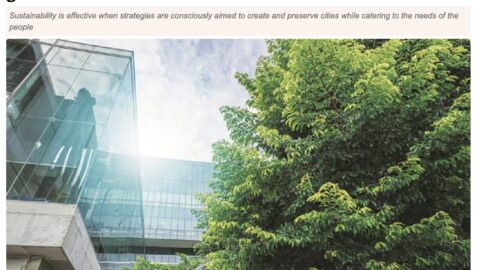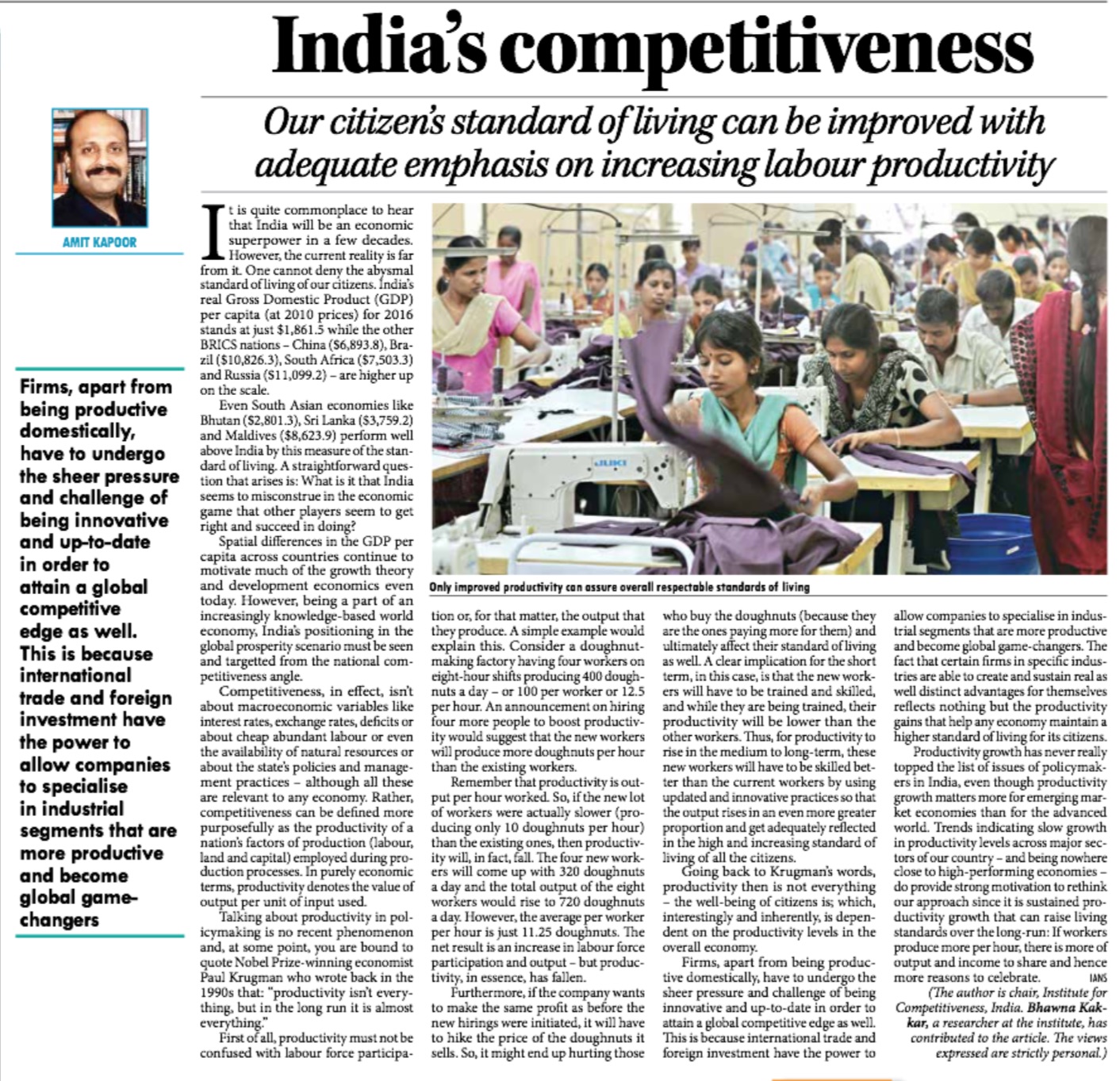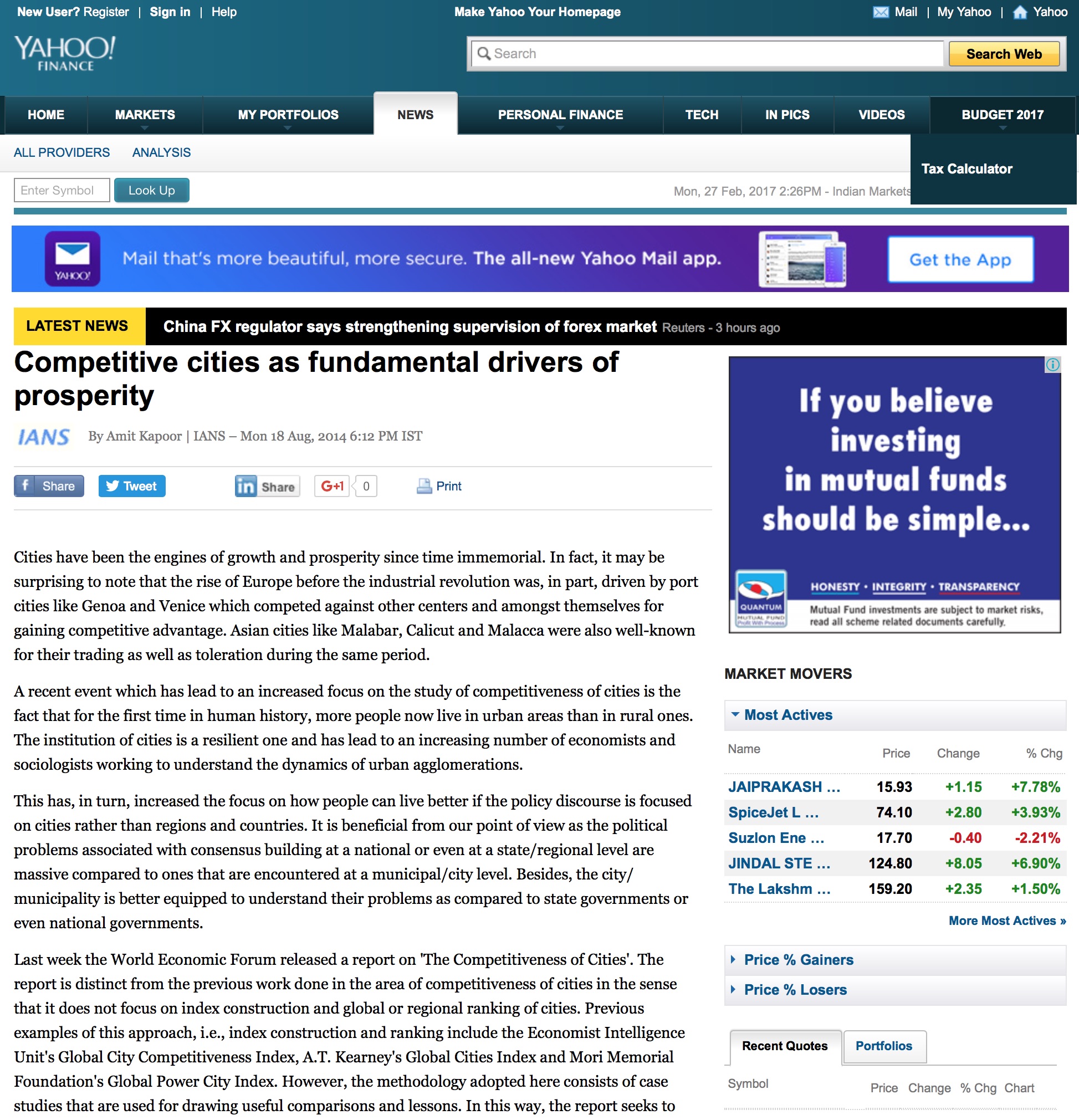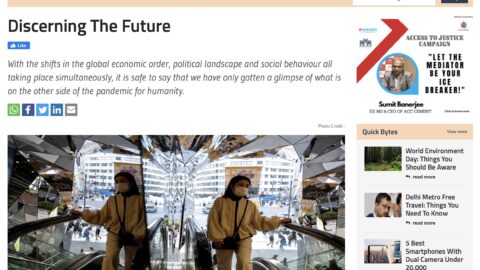Urbanisation and Urban Dynamics
Cities have come to acquire a very central position in our understanding of the nature of urbanisation. The kind of socialisation patterns or the extent of infrastructural development we see in a city is a significant determinant of the kind of urbanisation that has taken place. This also implies that urbanisation, as a process, is not simply a shift of population to urban places. Rather, it should also be seen as a process that influences and defines a place’s cultural aesthetic. For instance, we all know Paris as the world’s fashion capital. Here, the kind of social and economic opportunities that lead to the rise of a particular industry plays a significant part in lending a unique identity to the city. Paris’s transformation as a fashion capital is rooted in a very distinct process of urbanisation of foreign designers and sewists that further influenced the labour relations as well as the industrialisation processes. The rise of Paris as the centre of aesthetics, commerce, immigration and intelligence is not only a part of global history but a crucial case study of the influences of urbanisation on urban dynamics and urban identity.
Urban dynamics can be defined as the changing factors that comprise an urban environment – opportunities and threats alike. It is the understanding that social, cultural and economic factors not only bring together a city but also the inherent being of that city. What we see on the streets then is not only a signifier of prosperity or poverty but also the factors that lead to the flourishing of these aspects. On the business front, many of the changes brought about by urbanisation are beneficial to business, including the expansion of markets for goods and services, the expansion of labour markets, the accumulation of wealth, the proximity of businesses to their clients and customers, the improvement of public services, the abundance of recreational and leisure facilities, social and cultural diversity, improved technology, improved infrastructure, the reduction of transportation costs, and the creation and dissemination of new ideas. This opportunity, however, is met with the threat of overcrowding, resource extinction, pollution and land degradation. One can see this pattern evolving in Indian cities like Gurgaon as well.
How spatial geography interacts with the environment on one hand and human behaviour on the other hand thus informs the urban dynamics in a city. Urban dynamics theories have typically treated the city as a derivation or a representation. The city was viewed as an economic landscape based on the fundamentals of neoclassical economics in the 1950s and 1960s. This was followed by looking at the city as a representation of society – highlighting class differences – which further grew into an “industrial city” at the height of the industrial revolution. In other words, the changing face of urbanisation has always been reflected in altering urban dynamics that have been in sync with key temporal and structural changes in a given society. There is no question that this urbanisation trajectory has both historical and contemporary relevance. This would make it necessary to define at least urban development in relation to the early stages of industrialisation. At the same time, it is essential to note the developments taken in the late-twentieth century, especially in the globalisation era where behaviour and culture tend to influence city characterisation. Therefore, if we are to formulate then a theory of urbanisation that takes into consideration urban dynamics, it must give equal attention to all three elements. Such an approach would also help in developing models for predicting and mapping urban growth. As stressed by the likes of Kevin Lynch (1960), this cognitive approach also helps answer the crucial question of what does a city mean for the people living in it, which further helps city planners to design cities in the most optimal way.
The relationship between urbanisation and urban dynamics is very cohesive and interactive. We cannot isolate these two phenomena. Therefore, when one projects that maximum urbanisation is going to be seen in India and Africa, the focus should also be laid on understanding the transformations in urban dynamics in these countries. In the same manner, the resultant “transformed” patterns of socialisation also inform the nature of urbanisation. This approach also becomes very important to understand urban expansion in the form of the emergence of suburbs, peri-urbanisation or even counter-urbanisation (the process in which people migrate from urban to rural places).
It is imperative to state that urbanisation as a process is not unidimensional. Cities across the world have developed in ways enriched with culture, behaviour and cognition to the extent that they have acquired a sense of identity and a sense of place in themselves. It is as important to understand urbanisation in qualitative aspects of patterns of socialisation as it is to approach it in quantifiable elements of population growth and migration. This is also to say that we need to focus on understanding the role cultural dynamics play in how a city grows beyond its economic allure. In this respect, we don’t only need a redefined theory of urbanisation that draws a balance in both qualitative and quantitative aspects but also is able to grasp new-age urbanisation, especially in the post-covid world.
The article was published with Business Standard on February 15, 2023.

